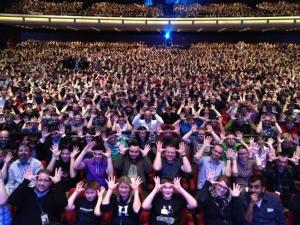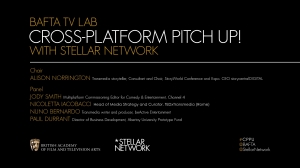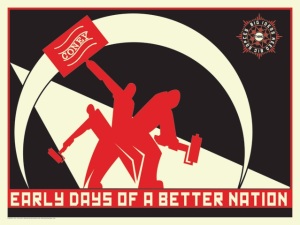Last month I made a little trail of digital breadcrumbs for my boyfriend in honour of our anniversary- a rabbit hole for him to jump into and find a little treat at the end of.
I ‘d like to share it in full, but of course it was personal. So instead I’ll outline it and share a few screengrabs.
The invitation:

I emailed him this image and a link to…
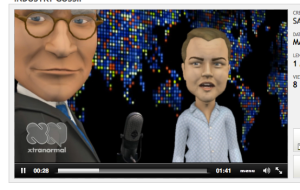
Breadcrumb 1: Xtranormal This is a fantastic digital filmmaking service. You choose the characters, you write the script, direct the camera angles, and they render the film. I had two characters talking about how we got together, and the disasters along the way. It was very funny, but you’ll have to trust me on that. At the end of the conversation, one of the characters turned to camera and told him to go to….
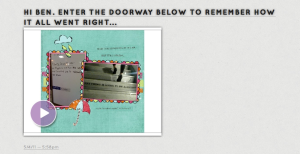
Breadcrumb 2: Tumblr. A great base platform for the trail because I could embed and link various media into it. On this page you see a welcome message and an embedded digital scrapbook which I made using Smilebox. This was the real heartstring-puller, as Smilebox allows you to set images and text to music of your choosing. It was a symphony of slush. A link was etched into the final page, which led him to:

(That’s an image of just out of shot, with a link to The Wilderness Downtown video, which had nothing to do with us really, but I just loved it and wanted to share it)
This tumblr page then led him to:
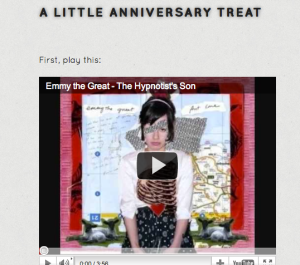
A song. Which he was to play whilst he read this:
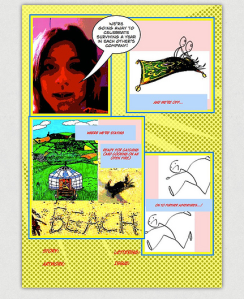
A cartoon,which is very amateur as I am no artist, and the fact that it makes sense at all I owe entirely to the cartoonish instincts and generosity of @FollowEllie.
To finish the story, the cartoon told him that I’m taking him away glamping by the sea. That was the little treat at the end.
I had such fun making it, and it was received so well, that I’m inspired to do more- so I’m looking out for an opportunity to make another, this time for someone else’s special occasion. Get in touch if you want me to make one for you….
For the purposes of this blog though, making it took a good 12 hours, and much of those hours were trial and error as to which tools and platforms allow the user to truly create content- which allow HTML tweaks, embedded media, re-skinning etc. So I think I’ll use this blog to record what I found out in a future post.

